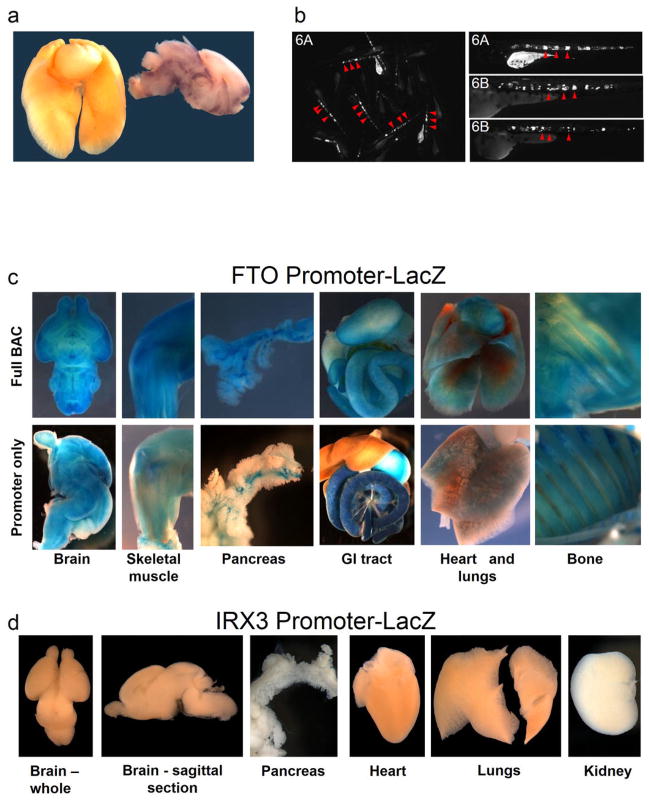Extended Data Figure 3. Gene expression in mouse tissue.
a, FTO expression in lung and brain, shown by RNA in situ hybridization for mouse Fto mRNA, in newborn (P1) mouse. Lungs and heart (left, whole organs) were processed simultaneously and in the same well as brain (right, sagittal section) so that the relatively higher expression in brain can be observed. b, LacZ staining for beta-galactosidase expression driven from the human FTO promoter. At top, the promoter-lacZ fusion is in the context of 162kbp of human genomic sequence carried in a bacterial artificial chromosome (BAC) containing the first three exons of FTO, the entire obesity-associated interval and any enhancers present. The broad expression is consistent with previous reports in human and mouse (see main text for references). At bottom, the promoter-lacZ construct is isolated: only the 1,237 bp proximal to the transcriptional start site are included. Broad expression is recapitulated, indicating the robust transcriptional competency of the human FTO promoter. c, In contrast, the 2,820 bp proximal human IRX3 promoter is not sufficient to drive lacZ expression, which is consistent with an enhancer-dependent transcriptional control mechanism.

